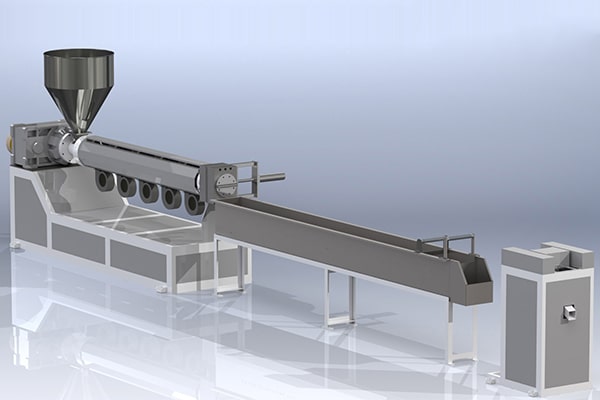In many different industries, conversion machinery is essential to turning raw materials into final goods. Cutting, laminating, coating, and printing are some of the processes that use this adaptable equipment to transform rolls or sheets of material into the final form that is needed. Converting machinery improves manufacturing precision and efficiency for a variety of materials, including paper, plastic, textiles, and metals. Rolls or sheets of raw material are normally fed into the converting machine at the start of the process. The equipment uses coating units, printing mechanisms, or cutting blades to change the material’s properties depending on the particular use.
For instance, converting equipment may be used in the packaging sector to cut and laminate materials to produce branded and specially sized packaging products. A crucial component of converting machinery is precision, which guarantees that every product fulfils precise requirements. In order to maximise production yield and minimise waste, precise cutting, printing, or coating is made possible by sophisticated control systems and sensors. Furthermore, a lot of converting equipment is built to switch between materials or product specifications quickly and smoothly, which enables producers to quickly adjust to changing production demands. Converting machinery is a

vital component of many industries, from textiles to packaging and labelling and beyond. This is due to its versatility. These devices keep developing as technology does, adding digital and automated features to increase productivity and decrease downtime. Converting machinery essentially acts as the backbone of many manufacturing processes, enabling the smooth transformation of raw materials into finished goods that we come into contact with on a daily basis.
Biodegradable Carry Bag Machine, blown film plant manufacturer in ahmedabad, Extrusion Coating Lamination Machine Manufacturer, Extrusion Coating Lamination Plant, Monolayer Blown Film Plant, plastic extrusion machine exporter, plastic extrusion machine manufacturers, plastic processing machine manufacturers, Plastics Converting Machinery manufacturer, Two Layer Blown Film Plant

